




Metatarsalgia is a term used to describe pain in the forefoot. Forefoot is very common and counts for 88% of foot pain.
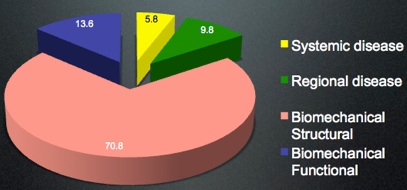

Causes of overloading the whole forefoot include:
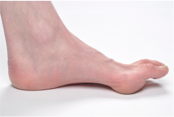
2. High arch (Pes Cavus): The high arch can be congenital or acquired. The main acquired cause is neurological. The high arch reduces the area available for the weight bearing in the foot.
Causes of overloading of one part of the forefoot:
-
1.If the first ray is short or very mobile: In this case it takes very little weight and the rest of the forefoot becomes over loaded. The example of this is previous surgery to correct the bunion that left the first ray short (see the x-rays).
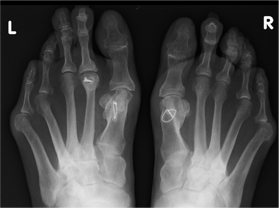
-
2.If the first ray is excessively long or if the forefoot turns inwards abnormally: In this case the overloading happens under the big-toe ray and the patients experiences pain there.
-
3.Abnormal relation between the forefoot bones where one or more bones are more prominent that they should causing them to take more weight than the rest of the forefoot. For details on surgical management, click here.
-
4.Patients with a congenitally short one or more rays have again less area for the weight to be distributed to and experience pain.
-
5.Patients with flat feet: The collapsed arch is usually associated with abnormal rotation of the forefoot that causes overloading of the outer part of the foot.
The regional causes for pain in the forefoot include:
-
1.Skin lesions as plantar verruca or excessive hard skin
-
2.Morton Neuroma, a swelling that develops along one of the nerves that run in-between the foot bones. The pain here is worse in shoes compared to out of shoes and is made worse by long periods of standing. The pain is more burning in nature and can shoot down to the toes. Pins and needles in the toes are also possible.
For details about Morton Neuroma & its surgical management click here.
-
3.Stress fractures: A crack that happens in one of the foot bones due to cyclic loading of the foot. It usually happens after attempting long walks or marathons. The crack might not appear initially on the x-rays. The foot swell and continues to be painful until the fracture heals. (See the x-ray below: the swelling in the 3rd metatarsal is the new bone formed to heal the crack)
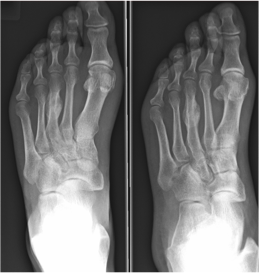
Several systemic diseases can present with forefoot pain, the commonest are:
-
1.Diabetes
-
2.Gout
-
3.Rheumatoid arthritis
There is a big list of other causes of forefoot pain as:
-
1.Complex Regional Pain Syndrome
-
2.Freiberg Disease
The commonest cause of forefoot pain that happen in a normal foot or can trigger one of the previous causes is ILL FITTING SHOES. After wearing the fancy stilettos there is always a pay back time.
As you can see the list of causes is very long. The treatment is therefore tailored to the cause of the problem. A good clinical examination by an experienced foot and ankle surgeon is important to differentiate these causes and initiate the correct treatment.
Metatarsalgia
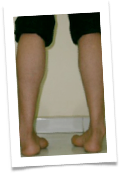
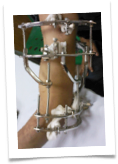
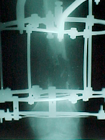
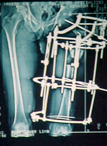
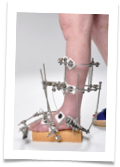
Mr. Hisham Shalaby

Consultant Orthopaedic Surgeon
2-8 Millar Crescent Morningside
Edinburgh
EH10 5HW
Telephone: 0131 446 3048
Fax: 0131 447 5778
